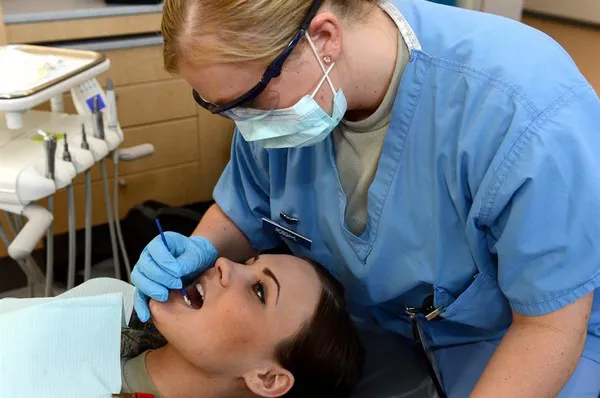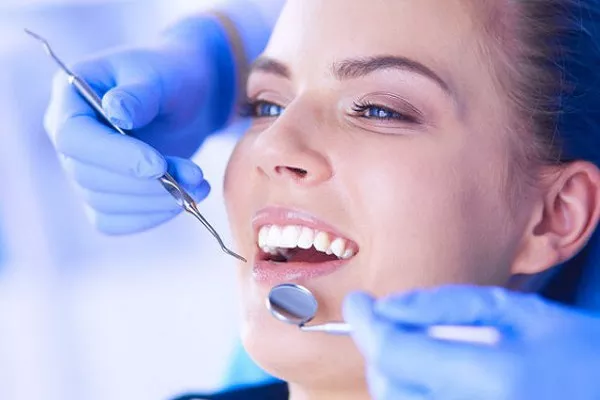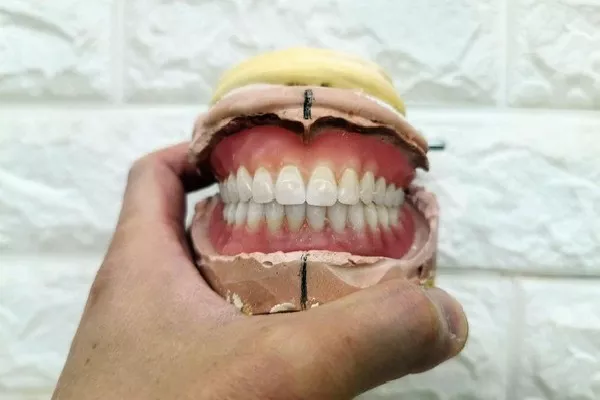Whitening strips are a popular at-home teeth whitening option that uses a peroxide-based gel to bleach teeth and remove surface stains. However, some users may be concerned about the safety of swallowing while using whitening strips. In this article, we will explore the reasons why people might swallow while using whitening strips, the potential risks and dangers associated with it, how whitening strips work, and professional recommendations for safe and effective use.
Why People May Swallow While Using Whitening Strips?
There are several reasons why people may accidentally swallow while using whitening strips, such as:
- Saliva production: While wearing the strips, it is common for saliva to accumulate in the mouth, and swallowing may be a reflexive response to this.
- Movement of the strips: Whitening strips can sometimes slip or move out of place while being worn, making it difficult to avoid swallowing.
- Incorrect use: Improper application or misplacement of the strips can cause the gel to come into contact with the tongue or other areas of the mouth, increasing the likelihood of swallowing.
Potential Risks of Swallowing Whitening Strips
Swallowing whitening strips can pose several risks to your health. These risks include:
- Chemical Burns
The bleaching agents used in whitening strips are often highly concentrated and can cause chemical burns if ingested. This can lead to pain, swelling, and even ulcers in the mouth and throat.
- Digestive Problems
Swallowing the bleaching agent can also cause digestive problems such as nausea, vomiting, and diarrhea. This is because the chemicals in the bleaching agent can irritate the lining of the stomach and intestines.
- Long-term Health Risks
Continuous swallowing while using whitening strips can also lead to long-term health problems. Studies have shown that prolonged exposure to hydrogen peroxide and carbamide peroxide can damage the DNA in cells and increase the risk of cancer.
- Allergic Reactions
Some individuals may experience an allergic reaction to the ingredients in whitening strips, which can cause symptoms such as itching, rash, and difficulty breathing.
- Tooth Sensitivity
Overuse or misuse of whitening strips can also cause tooth sensitivity. This occurs when the bleaching agent penetrates beyond the enamel layer and reaches the sensitive dentin layer underneath, causing discomfort and pain.
Additionally, ingesting too much peroxide can cause serious health problems, such as chemical burns in the digestive system, respiratory problems, and even kidney damage.
How Whitening Strips Work
Here’s how whitening strips work:
- Whitening strips contain a bleaching agent, such as hydrogen peroxide or carbamide peroxide.
- The bleaching agent penetrates the enamel of the teeth.
- The bleaching agent reacts with stain molecules on the surface of the enamel.
- This reaction breaks down the stain particles into smaller fragments that are easier for the body to remove.
- With repeated use, the stains become less noticeable and teeth appear brighter and whiter.
- However, not all types of stains may be effectively removed by whitening strips.
- It’s important to address any underlying dental issues before attempting any cosmetic treatment.
Professional Recommendations for Safe and Effective Use
To ensure safe and effective use of whitening strips, dental professionals recommend the following:
- Follow instructions carefully
Read the instructions on the package carefully and follow them closely, paying attention to the recommended application time and frequency.
- Avoid swallowing
Try to avoid swallowing while wearing the strips by spitting out excess saliva and not talking or eating while they are in place.
- Rinse thoroughly
After removing the strips, rinse your mouth thoroughly with water to remove any remaining gel and reduce the risk of swallowing.
- Use in moderation
Whitening strips are safe to use in moderation, but excessive use can lead to tooth sensitivity, gum irritation, and other dental problems.
- Consult with a dentist
If you have concerns about using whitening strips or want to explore other whitening options, consult with a dentist who can provide professional advice and recommendations.
In conclusion, swallowing while using whitening strips can be dangerous and increase the risk of adverse effects. It is important to follow the instructions carefully, avoid swallowing, and rinse thoroughly after use. Additionally, it is recommended to use whitening strips in moderation and consult with a dentist for professional advice and recommendations. By following these tips and guidelines, you can achieve a brighter, healthier smile without any unnecessary risks or complications.
Related Topics:
































